An expansive, multi-million-pound facility, located just a minute’s walk from the busy Caledonian Road underground station, serves as the hub for Islington Council’s fleet of hundreds of vehicles.
With more than 50 charging points, the 30,000 sq metre site, which also houses the area's waste and recycling centre, is ready to embrace the wholly electrified council fleet, planned for completion by 2030.
But as you’ll learn further down, it currently has more charging points than vehicles that require charging and the council is willing to share those points with other commercial operators.
Many fleet managers overseeing diverse vehicle types will readily share the unique challenges of transitioning vans to electric power.
For Chris Demetriou (pictured), however, the task is even more complex: his fleet includes a wide array of specialised vehicles – from road sweepers and cargo bikes to massive refuse collection vehicles (RCVs).
Each comes with their own operational and infrastructure challenges and highlight the difficulty of implementing an electric transition across the entire fleet.
Demetriou, a council employee for more 24 years mostly in environmental roles, made the switch to fleet management about four years ago.
His role is now the council’s assistant director of corporate fleet, transport & accessible community transport.
“I had just earned my O licence and was preparing to move to another authority,” he said. “But then they approached me and said, ‘Hold on, we’re transitioning all our fossil fuel vehicles to fully electric. It’s a big challenge – would you like to be part of it?’”
For Demetriou, the decision was personal as much as it was professional. Having experienced respiratory issues as a child, an issue now shared by his youngest child and his late father, he knew the importance of clean air and sustainability. His response to the opportunity was an immediate and enthusiastic yes.
“The climate emergency and how we tackle it is really important to me,” he explained. “I can’t be a doctor, but I can make a difference with this role. We’re not just facing a climate crisis, it’s also a health crisis.”
Demetriou’s role involves managing a diverse fleet of around 540 vehicles, ranging from cars, vans, and refuse collection vehicles (RCVs) to community transport buses, sweepers, cherry pickers, plant equipment, and even cargo bikes.
“You name it, we’ve got it on the fleet,” he says. “But that makes the role all the more challenging. I procure vehicles for frontline services, and I have to ensure they’re fit for purpose – whether that’s range, payload, or driver satisfaction. The transition must be seamless.”
The authority is committed to becoming fully electric by 2030. Currently, the fleet includes 140 battery electric vehicles (BEVs), and Demetriou is working to reduce the total fleet size by 10-20%. He is also exploring alternative modes of transport, such as e-bikes and cargo bikes, to further drive sustainability.
Demetriou, who runs the 10-mile commute to the office, explained: “We have a lot of legacy vehicles in our fleet that potentially aren’t necessary anymore. So, we developed a fleet reduction strategy to see if services could operate with fewer vehicles and explore alternative modes of transport – whether that’s traditional active travel or options like e-bikes and cargo bikes.
“We’ve given them choices. If we take away your car, could you do your job on a bike? Could you use a travel card instead? Could your work be done differently? This is the first time we’ve provided these alternatives. If we can reduce the fleet by 10-15%, that’s fewer vehicles to transition.”
Video: Chris Demetriou talks about Islington Council's electrification strategy
Another major challenge Demetriou faces daily is transitioning vans to electric, especially the 250-plus used by employees who take them home every evening.
“Home could be Milton Keynes, Southend or wherever,” he says, “so, a big question for us is, how do we transition them?”
To help answer that question, Demetriou and his team are about to launch a home vehicle trial. Around 30 employees will have a home charger fitted and provided with an electric alternative – an e-Transit for an ICE Transit for example. The only criteria is they must have a driveway.
He said: “They’ll recharge the energy to us, and we’ll add destination chargers at each location where we know they’re working each morning, on a housing estate for example.”
Typical work on those locations will include lengthy housing repairs and Demetriou knows from telematics data that those vans are often parked for hours at one site, the ideal scenario to give them a blast of charge for the driver to make it home.
“The whole point of this is trying to make it seamless without it disrupting their working day,” Demetriou says. “And hopefully these 30 people in the trial will be champions for the rest of the fleet.”
Of course, not all employees with vans have access to a driveway, and some may live in third-floor flats, which presents challenges. In these cases, Demetriou acknowledges, the solution is far from straightforward. Whatever approach is taken, he emphasises, it must not interfere with their workday.
One option is to use DC chargers at alternative sites for quick top-ups, or even to bring the vehicle to the Islington Waste and Recycling Centre, where Demetriou is based. This facility, with its 50 chargers, may be, as he suggests, the largest indoor workplace charging station in the UK.
In an ideal world, says Demetriou, local authorities would lead the way in electrification. However, the reality is quite different: councils face immense financial pressures, and many are even experiencing financial hardship.
The cost of an electric refuse collection vehicle (e-RCV) is around £400,000 but their diesel equivalents not only rank among the most fuel-intensive but are also a major contributor to emissions.
Nearly a quarter of Islington's 45 RCVs are now electric, sourced from a mix of small-to-medium enterprises and large manufacturers to enable performance comparisons.
Demetriou emphasises that electrification isn't a "one-size-fits-all" solution. For instance, Islington is a relatively compact borough compared to many other authorities, which simplifies the process since the vehicles cover around a dozen miles per round.
Additionally, because residents don't use wheelie bins due to narrow pathways, the vehicles are spared the added demand of lifting thousands of bins, which also conserves battery power.
As a result, most vehicles return to the depot with around 50% charge remaining, allowing for an easy top-up to be ready for the next day.
Response from drivers is positive. One electric street sweeper driver told Fleet News that since making the switch to electric, he sleeps better and experiences fewer headaches, attributing the improvement to the quieter and cleaner operation compared to a diesel engine.
Currently, the site has more on-site chargers than electric vehicles, so Demetriou’s team are working with Transport for London (TfL) and the Association of Fleet Professionals (AFP) to make these available to other commercial fleets, such as contractors or other local authorities (see video.)
The authority has also just started investigating the use of vehicle to grid (V2G) technology.
Demetriou said: “Our ambition is to make this building a micro grid. We’ve got energy sitting in vehicles in this basement area. It’s important for us to see if we can discharge that energy into the building, into the grid or into the local area.”
The trial will initially involve two eRCVs and two passenger cars.
“We want to store energy,” Demetriou said. “We’ve got solar panels on the roof, so the only missing part of the puzzle is battery storage, simply because we haven’t got the space for a container to store it.
“We want to see what our solar panels generate and then we’ll plan for what we do with it. If vehicle 2 grid is the solution for exporting energy out and reducing our energy consumption in this building, then perfect.
“It a big investment but we don’t want to be caught out when this possibly becomes the norm in three- or four-years’ time.”
Fleets wanting to enquire about charging their vehicles at the Islington site should email fleet@islington.gov.uk

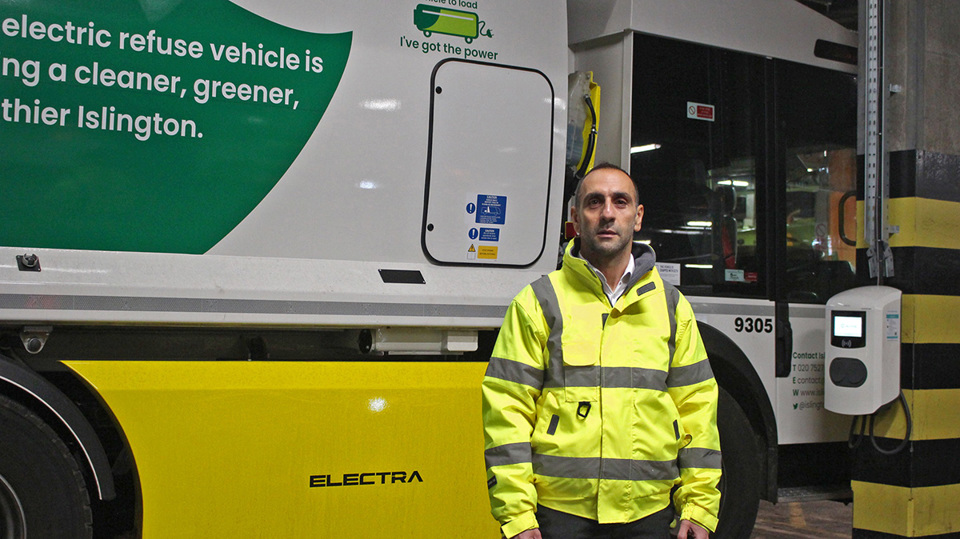


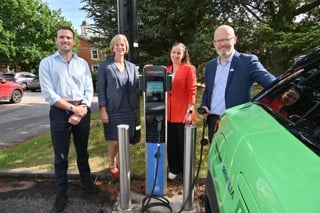
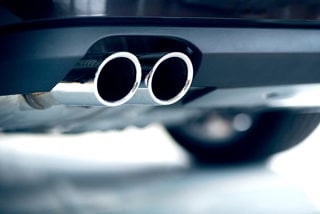
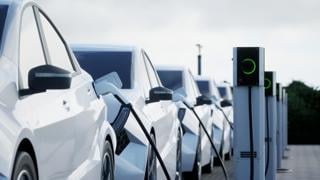
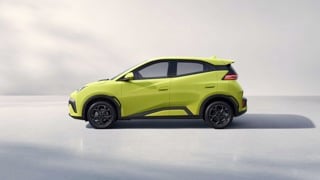
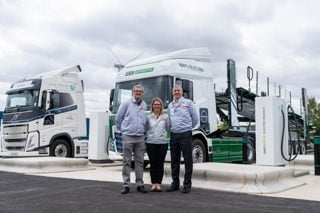












Login to comment
Comments
No comments have been made yet.